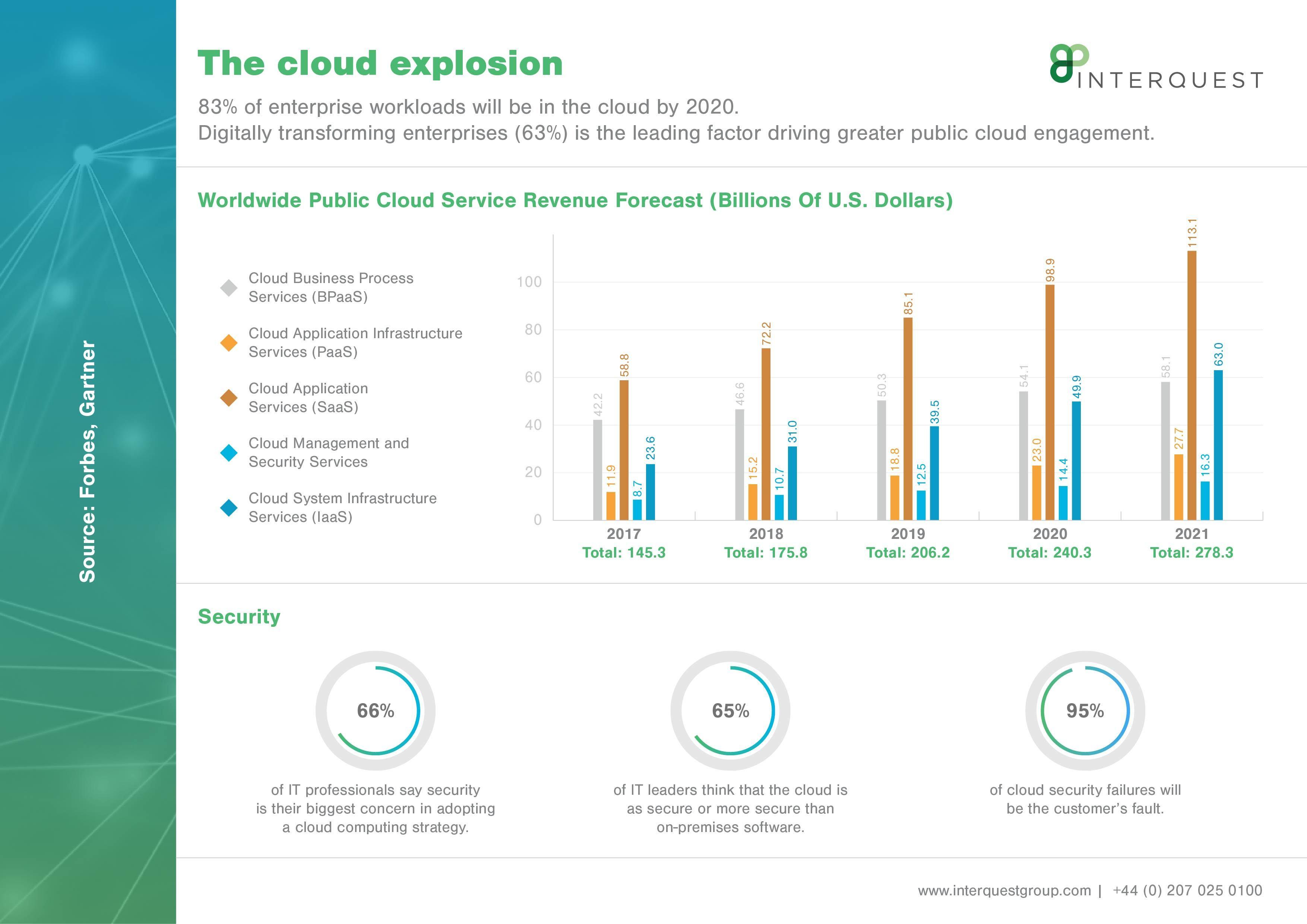The challenges and considerations of moving ERP to the cloud
Pubished 30th April 2019
A recent downloadable report from Cloud Security Alliance revealed close to 70% of enterprise organisations are at present transferring data to the cloud for enterprise resource planning (ERP). However, this transition to the cloud is not without its challenges, with 65% of respondents to a recent survey stating their biggest concern is moving sensitive data. But what other challenges do businesses face during the cloud adoption phase?
Did you miss? Challenging Compliance Norms with Jessica Cath
One of the first challenges with moving ERP to the cloud is choosing a vendor. With a number of platforms on the marketplace, the initial step of successful cloud ERP adoption is to understand the organisational requirements from the solutions on offer. An in-depth inventory, feasibility and historical study is crucial when selecting the correct solution to support the organisation’s needs. For example, what type of architecture fits best with the organisation? What is the time period and costs incurred?
Once a vendor has been decided upon, businesses need to choose whether to move to a public or private cloud. Public clouds deliver services through a shared network with other firms. This multi-tenant model is a cost-efficient method that leverages the advanced technology similarly used by tech giants such as Salesforce and Oracle. Businesses that experience unpredictable or heavy traffic often utilise public clouds due to their pay-as-you-go scalability.
Private clouds, on the other hand, are often used by businesses that wish for an added layer of security and privacy due to the fact they are maintained on a private network with firewall protection. The added control and visibility of a private network is often beneficial to meet regulations such as General Data Protection Regulation (GDPR) or The Sarbanes-Oxley Act.
Another issue businesses need to be aware of is the training and on boarding offered. Once an ERP platform has been identified, it is essential employees understand the process of software usage comfortably. The staff that are inexperienced at utilising an application with relative ease, can cause functional inefficiencies. ERP’s overarching goal is to allow businesses to refine their services, however, staff inadequacies can become a barrier towards this objective.
The final and one of the biggest roadblocks for businesses migrating towards the cloud is the security of their enterprise. This is especially crucial in the space of business-critical applications such as ERP, due to the vital nature of the data and processes that these applications support.

Migrating to cloud ERP is a complex procedure and as such, organisations commonly migrate into hybrid cloud environments. This scatter data process, some via on premise applications and some in hosted environments, needs to be managed from a security aspect effectively to ensure safety of the enterprise. This is also vital for organisations to uphold compliance with regulations such as GDPR.
In order to shorten the delay of integrating cloud ERP from a security standpoint, businesses can undertake some initial steps:
1. Researching the cloud models that the business will leverage to support business applications such as SaaS or IaaS that have different security considerations and challenges.
2. Include legal and compliance departments from the offset in order to understand what type of data must be secured and by which regulations a business must comply with.
3. Incorporate key performance indicators (KPIs) within the project plan that form part of the overarching objectives of the cloud migration project, to ensure costs can be managed in terms of running secure applications.
There are a number of factors to consider before and during the transition to a cloud-based ERP system, however, it is still predicted 83% of enterprise workloads will be in the cloud by 2020. It can be safe to hypothesise that more businesses are adopting cloud infrastructure due to the plethora of opportunities it provides. While the transition is not always smooth, it’s clear the benefits are there to be reaped by any business willing to traverse the journey into the cloud.

